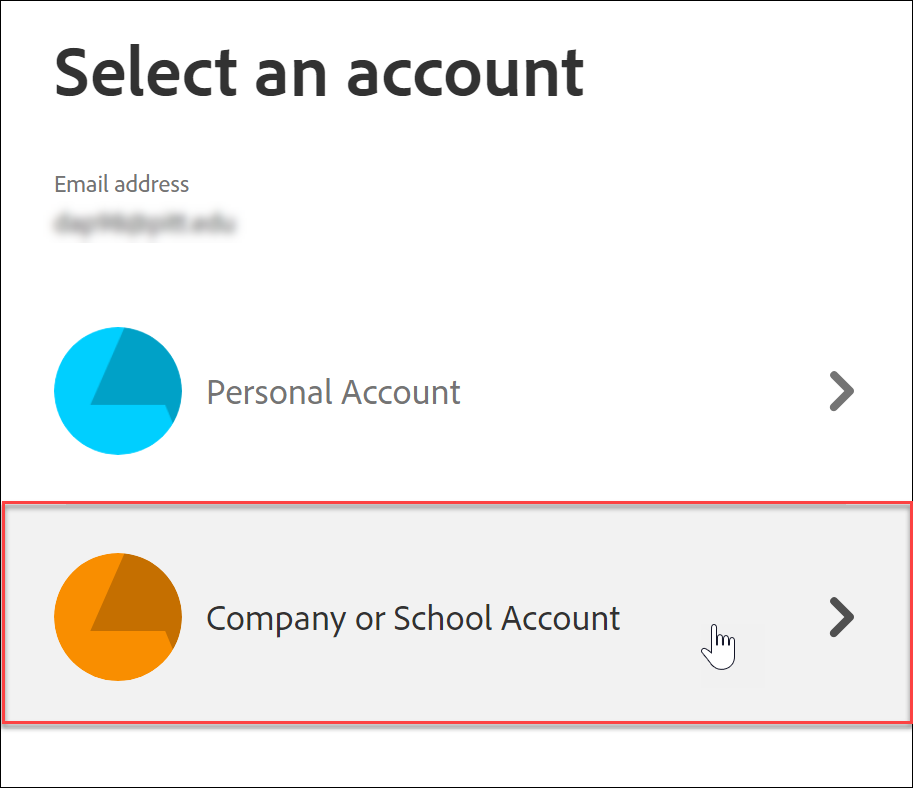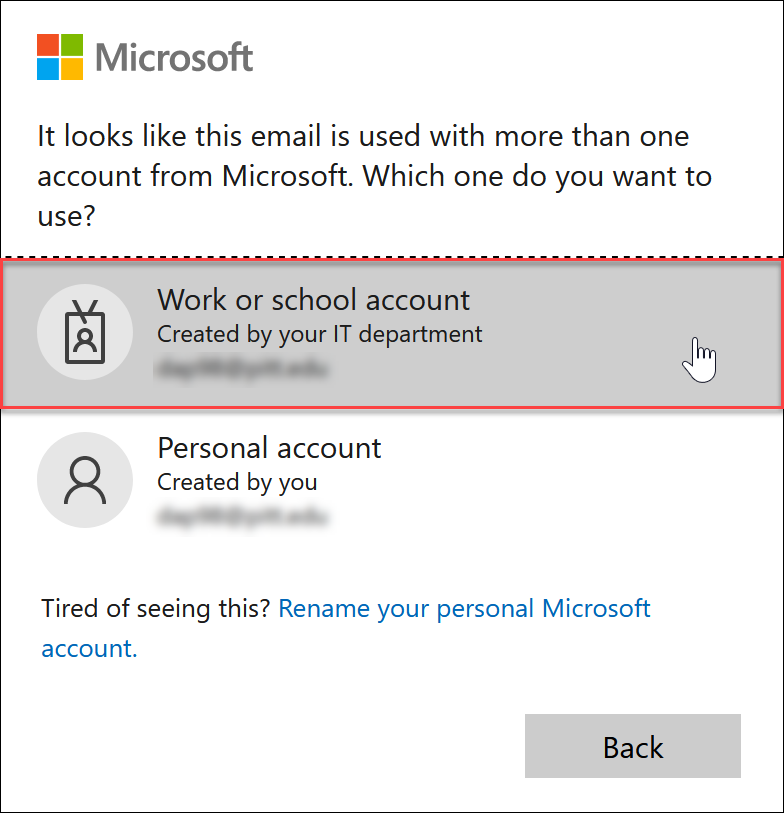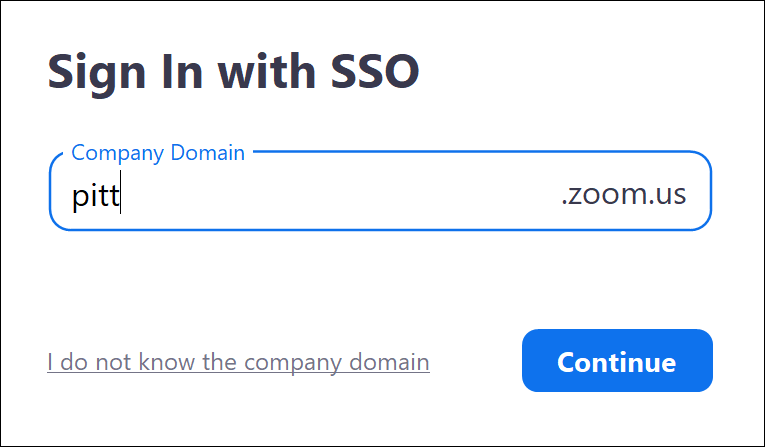Browser Support for Canvas
Contents
Recommended Browsers
For best performance, Canvas should be used on the current or first previous major release of Chrome or Firefox. Because it’s built using web standards, Canvas runs on Windows, Mac, Linux, iOS, Android, or any other device with a modern web browser.
Canvas only requires an operating system that can run the latest compatible web browsers. Your computer operating system should be kept up to date with the latest recommended security updates and upgrades.
Check if your browser is up to date
- Chrome 119 and 120
- Firefox 120 and 121
Other Supported Browsers
- Edge 118 and 119
- Safari 16 and 17 (Mac only)
- Note: Safari 13.1 and later versions contain an update that may cause issues with downloading files, displaying images, and playing chat alerts in Canvas. Canvas engineers are currently working on a solution for this issue. Until then, you may avoid errors with files, images, and alerts by disabling cross-site tracking prevention in Safari when using Canvas. If disabling cross-site tracking doesn’t resolve these issues, please try one of the other supported browsers.
Troubleshooting
Unsupported Browser Banner
Some supported browsers may still produce a banner stating Your browser does not meet the minimum requirements for Canvas. If you have upgraded your browser but you are still seeing the warning banner, try logging out of Canvas and deleting your browser cookies.
Browser Plugins and Extensions
Some browser plugins or extensions may conflict with Canvas and affect functionality. If you experience behavior that does not allow you to view or participate in Canvas courses, please ensure you have disabled any extensions or plugins that interact directly with your web browser.
For troubleshooting, consider logging in to Canvas using an incognito or private browser window, which will provide a browser session without any prior browsing or search history, associated browser cookies, or other factors that may interfere with the browser. If you are able to view and participate in Canvas using an incognito or private browser window, the behavior you are experiencing is likely related to the browser and not Canvas.
Known Browser Behaviors
Like all Canvas features, contrary behaviors relating to browsers are prioritized by our product teams, and some behaviors in the previous version may not be resolved. If a behavior exists in the previous version of the browser that does not exist in the current version, the best solution is to update to the newest browser version.
Chrome, Edge, Firefox, and Safari use HTML5 to display website content, promoting a faster, more secure browsing experience. HTML5 audio and video may not be supported in older browsers, so audio and video must still be used via Flash.
For best performance in Canvas, course content should be designed to support HTML5. Any affected content in older browsers can still be accessed by manually allowing permission for flash content in the browser.
In browsers such as Safari, insecure content will never be displayed in the browser.
However, in Chrome and Firefox, you have the option to view insecure content. Please be aware of possible restrictions and view insecure content with caution.
The following are known issues in Chrome and Firefox that may block or create mixed content within Canvas.
Chrome Security
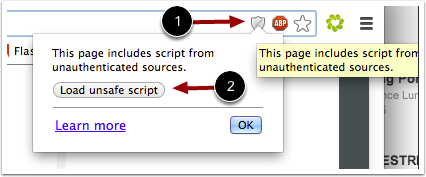
Google Chrome verifies that the website content you view is transmitted securely. If you visit a page in your Canvas course that is linked to insecure content, Chrome will display a shield icon [1] in the browser address bar.
You can choose to override the security restriction and display the content anyway by clicking the shield icon and then clicking the Load unsafe script button [2].
Chrome Media Permissions
Chrome has its own media permission within the browser. To use your computer camera and microphone within any Canvas feature, you will have to approve two permissions:
- Allow access to Canvas via the Adobe Flash Player Settings [1]. This prompt appears in the center of the video and audio pop-up windows, or the center of the browser if you are accessing Conversations.
- Allow access to Canvas via Chrome’s media permission settings [2]. This prompt appears just below the address bar. Click the Allow button.
Firefox Security
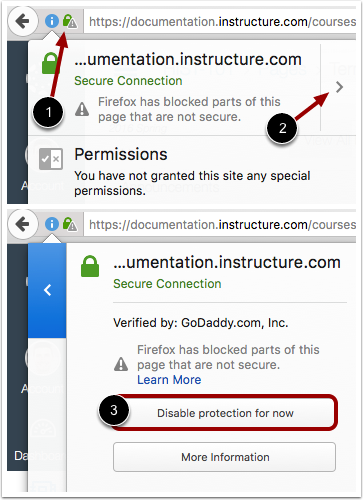
Firefox verifies that the website content you view is transmitted securely. If you visit a page in your Canvas course that is linked to insecure content, Firefox will display a lock with a warning icon in the browser address bar [1].
You can choose to override the security restriction and display the content anyway by clicking the lock with a warning icon, clicking the arrow to expand your options [2], and selecting the Disable protection for now button [3].
Browsing Data
Browsers store data to make your online experience more efficient and convenient, but sometimes this data can over-accumulate and prevent you from correctly receiving the most up-to-date information from sites such as Canvas, Blackboard, Panopto, etc. Some tips to avoid this are:
- Periodically logging out and back into your Pitt SSO account.
- Periodically restarting your browser
- Periodically clearing your browser cache (will log you out of all accounts)
Third Party Cookies
Integrations like Panopto and H5P require you to allow cross-site cookies to work. To do this, please follow the directions below:
When accessing third party tools through Canvas, you may be presented with a login screen for that tool. When this occurs, unless you already have and intend to use your own paid license for that tool, you should always use your full Pitt email address (including the “@pitt.edu” part) so the site knows you’re from Pitt. This should redirect you to the Pitt SSO page, or automatically confirm your authentication through your browser login token. If prompted beforehand, select “Enterprise Login” or “SSO Login” where applicable, and if asked for an organization, choose the University of Pittsburgh or Pitt.


